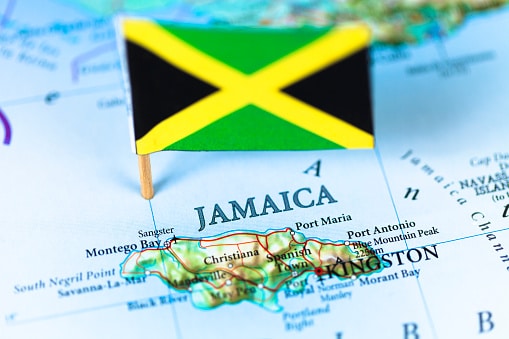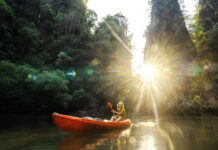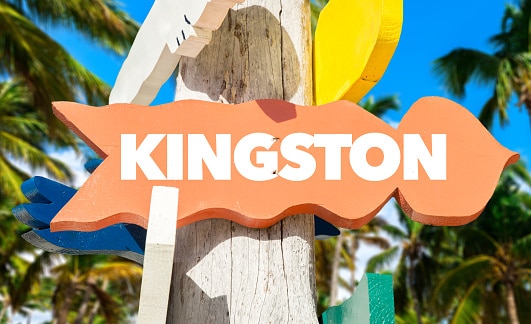
Jamaica has, this year, proven to be a blueprint for destination recovery as the global tourism industry finally begins to rebound from three years of damage brought on by the Covid crisis.
Last month, the popular Caribbean island nation was officially ranked as the fastest recovering summer travel destination by World Travel Market.
On a city/town basis, Montego Bay recovered fastest – outpacing, Usain Bolt-like, the likes of Paris, Athens and even Orlando in terms of post-Covid rebound.
The Jamaican government recently said it expects the country to attract 3.2 million visitors this year, with them generating around $3bn to the local economy.
By the end of this year, the country should have fully returned to pre-pandemic levels of in-bound visitor bookings.
The country’s government also, earlier this year, signed up Raheem Sterling – as its tourism ambassador for Europe – far quicker than Chelsea managed to secure his services from Manchester City.
Another aspect of the government’s forward-looking attitude towards tourism regeneration has been its fresh plan for a new luxury tourist zone – which will, basically, see a significant portion of Jamaica’s northern coast regenerated into a luxury and high-end tourism region, with all accommodation and amenities ticking those two boxes.
Aimed at spreading the tourist interest around the island and offering more than just the perennial hotspots of Montego Bay and Negril, the plan for the so-called ‘Revere Zone’ is to link Oracabessa, close to the popular Ocho Rios resort area, to Port Antonio on Jamaica’s northern coast.
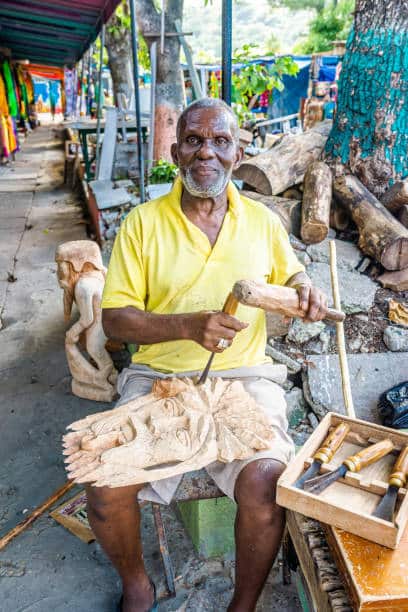
Northern coastal towns like the aforementioned Oracabessa, Port Maria, St Ann’s Bay, Runaway Bay and Discovery Bay will form the new luxury tourism chain.
It is hoped that the new northern luxury coastline will complement the country’s old staples like Montego Bay, Negril, Falmouth and Ocho Rios, which will continue to stand on their own feet.
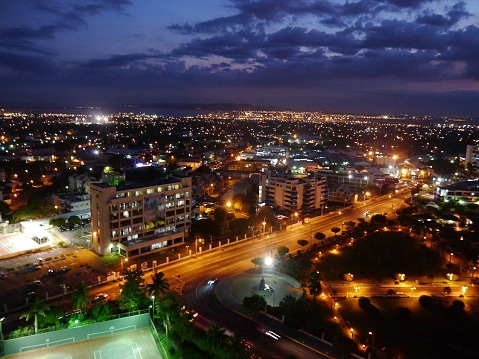
But, perhaps, it is the emergence of Kingston – Jamaica’s famed, but much-maligned from a travel point of view, capital city – as a new go-to destination, which best illustrates the country’s tourism recovery.
Historically, Jamaica’s cultural epicentre – and launchpad for many of modern reggae’s legends – Kingston has been overlooked by mainstream tourists for decades, due to a rough and crime-ridden reputation, and a lack of beaches.
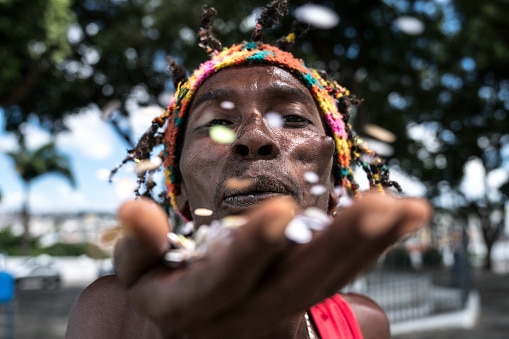
Kingston played huge parts in the lives of artists such as Bob Marley, Peter Tosh and the Wailers, Prince Buster and Lee ‘Scratch’ Perry; but the city isn’t living in the past – instead, it is pumping money into a new arts district to support the latest generation of musicians and artists.
A rise in the number of cruise ships visiting Kingston has also upped its tourism credentials and Airbnb bookings in the Trench Town neighbourhood – where Bob Marley made his musical breakthrough – have steadily increased in recent times.
“We are expanding our tourism offerings beyond the north and west coasts of Jamaica,” Carey Wallace, executive director of Jamaica’s Tourism Enhancement Fund, which leads the country’s tourism-related infrastructure and human-capital development, told the Breaking Travel News website recently.
“Jamaica is big enough to have a variety of diverse offerings — you can come to one country and get so many experiences.”
Mr Wallace has called Kingston “the new frontier of tourism” in Jamaica, on the back of a new motorway linking it in the south with the popular Port Antonio in the north.
